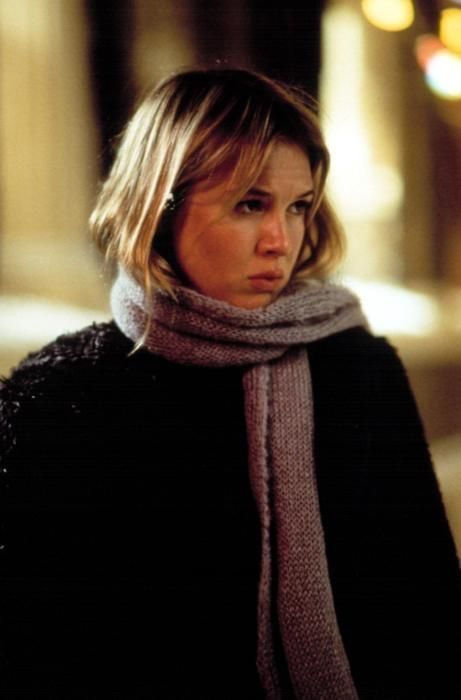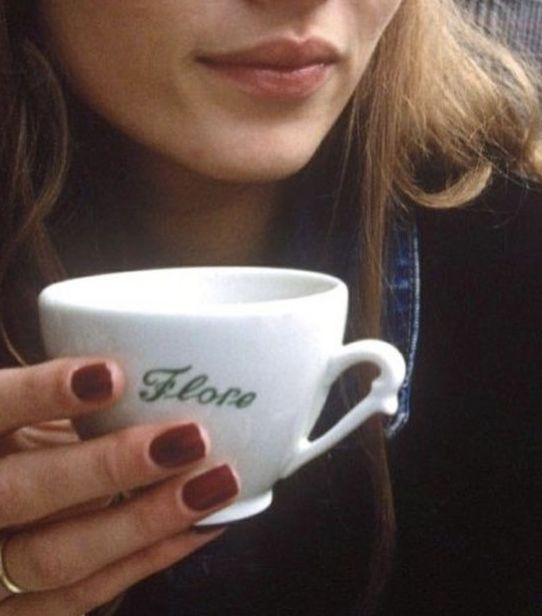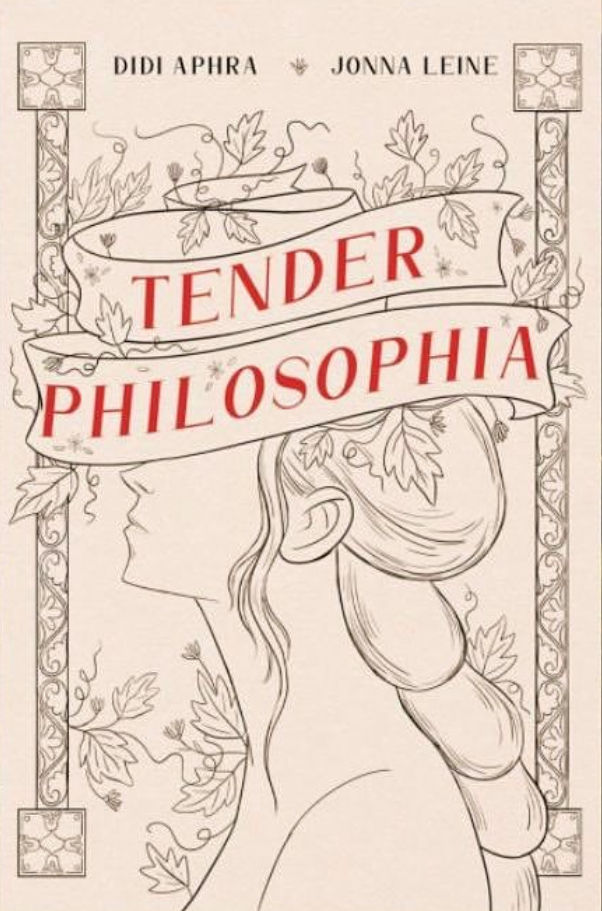Embracing Imperfection: The Enduring Charm of the Frazzled English Woman Aesthetic
- Ghita Sadik

- Sep 8, 2024
- 5 min read

There’s a certain charm to disarray. In a world obsessed with meticulously curated Instagram grids and the pursuit of a “clean girl” aesthetic, young women are embracing a look that feels more authentic, less polished—one that celebrates chaos, emotional vulnerability, and the little messes of everyday life. This is the frazzled English woman aesthetic, and its appeal lies in the way it mirrors the imperfections of real life. Think tousled hair, a disheveled trench coat, smudged mascara, and a frantic, yet somehow endearing, way of navigating the world. At the heart of this look is not the chaos itself, but the resilience it symbolizes—an almost heroic embrace of life’s untidiness.
The frazzled English woman aesthetic has deep roots in British literature and film, where female characters have long embodied a certain sense of disorder and endearing clumsiness. Characters like Jane Austen’s Elizabeth Bennet and Charlotte Brontë’s Jane Eyre exemplify women who, though strong-willed and intelligent, often find themselves at odds with societal expectations. These heroines were never perfectly put-together; their appeal lay in their complexity and their ability to navigate a world that didn’t always make sense.
Fast forward to 1990s British cinema, where the aesthetic found its modern-day incarnation. Bridget Jones, the beloved protagonist of Bridget Jones’s Diary, gave this persona a distinctly contemporary twist. Jones is the epitome of the frazzled English woman—her mismatched pajamas, erratic diet, and disastrous love life became her trademarks. Yet, despite her constant floundering, Bridget’s charm lies in her relatability. Her chaotic life mirrors the ups and downs experienced by real women, making her a symbol of messy, yet lovable, imperfection.

The aesthetic is not just about the outward appearance—it’s about a woman who doesn’t have her life perfectly organized but is still navigating the complexities of modern existence with humor and heart. The enduring appeal of Bridget Jones and other similar characters, like Emma Thompson’s portrayal of Elinor Dashwood in Sense and Sensibility, lay the groundwork for this aesthetic’s rise.
While this archetype has existed for centuries in literature and British cinema, it’s only in the past few years that it has exploded on platforms like TikTok and Pinterest, where it’s become a number one aesthetic for Gen Z and Millennial women alike. Why now?
The answer lies in the convergence of several cultural phenomena. Over the past decade, there’s been an increasing awareness of mental health, work-life balance, and the harmful effects of hustle culture. The hyper-polished Instagram aesthetic, with its endless displays of “perfection” and “wellness,” began to feel emotionally exhausting. In response, many young women turned to the frazzled English woman aesthetic as a way of rejecting the pressures of looking and being flawless. This look allows them to say, “I don’t have it all together—and that’s okay.”
Enter TikTok. The platform’s algorithm thrives on relatability and authenticity, and the frazzled English woman aesthetic fits the bill perfectly. Young women film themselves with disheveled hair, baggy clothes, and comically exaggerated expressions of stress or emotional turmoil, often set to the backdrop of rainy London streets or cozy British interiors. These videos provide a comforting sense of solidarity. Here, imperfection isn’t just accepted; it’s celebrated. You’ll often see captions like “Bridget Jones energy” or “I’ve entered my chaotic British woman era,” with users leaning into the messy, emotionally raw vibe as a form of self-expression.
On Pinterest, the aesthetic has become just as popular. Boards filled with imagery of messy bun tutorials, oversized sweaters, vintage trench coats, and cluttered desks mirror the lifestyle many aspire to—one that isn’t bound by unrealistic ideals of beauty or organization, but rather a more honest reflection of day-to-day life.
The resurgence of this aesthetic can be traced back not only to the enduring influence of characters like Bridget Jones and Fleabag’s Phoebe Waller-Bridge but also to the broader fashion world’s embrace of casual, “undone” looks. Designers like Vivienne Westwood and Alexander McQueen have long championed a more chaotic, rebellious approach to fashion, blending imperfection with avant-garde artistry. Their influence is palpable in this aesthetic’s rejection of traditional ideas of “femininity” or perfection.
Additionally, the frazzled English woman aesthetic isn’t just about outer appearance; it’s also deeply tied to emotional vulnerability, which is why it resonates so strongly with young women. Phoebe Waller-Bridge’s Fleabag became a massive cultural phenomenon for this very reason. The character Fleabag, with her smudged eyeliner, messy hair, and emotionally chaotic life, is the modern-day Bridget Jones. Her character’s rawness, humor, and self-sabotaging tendencies speak directly to the struggles of many women today, and her influence is all over TikTok, where fans quote her lines and re-create her iconic outfits.

Another major influence comes from British fashion icons like Alexa Chung and Suki Waterhouse, who’ve effortlessly championed the look in real life. Chung, with her messy, unbrushed hair, oversized blazers, and slightly wrinkled button-down shirts, encapsulates the off-duty frazzled look. Waterhouse, often photographed in baggy jeans and loose knits, adds a layer of vintage appeal to the aesthetic, channeling both the ‘90s grunge scene and the earlier, more literary incarnations of this trend.
At its core, the frazzled English woman aesthetic is a cultural response to the pressures of perfection. In an age of social media comparison, young women are finding solace in an aesthetic that embraces the messiness of life rather than trying to hide it. The disheveled look, the slightly oversized clothes, and the air of vulnerability speak to a generation grappling with mental health issues, financial pressures, and the constant feeling of falling short of unattainable ideals.
It’s no surprise, then, that this aesthetic has gained traction during a time when burnout culture is at an all-time high. The frazzled English woman is an emblem of resilience, a reminder that it’s okay not to have everything perfectly under control. In fact, the beauty of this aesthetic is its permission to embrace life’s imperfections—whether that’s in our appearance, our emotions, or our choices.
What started as a quirky fashion and lifestyle aesthetic has transformed into something much more significant. The frazzled English woman aesthetic is about embracing the full spectrum of womanhood—the messy, the chaotic, the emotionally raw, and the deeply imperfect. It rejects the need to constantly strive for some polished ideal and instead celebrates the beauty in life’s imperfections.
For young women today, this movement represents more than just an aesthetic. It’s a reclaiming of agency in a world that constantly demands perfection, a way of saying that it’s okay to not have everything figured out. It’s about embracing the chaos, just as our literary and cinematic heroines have done for centuries. And as TikTok and Pinterest continue to fuel the rise of this aesthetic, it seems that the frazzled English woman is here to stay—rain-splattered trench coat, messy hair, and all.





Comments